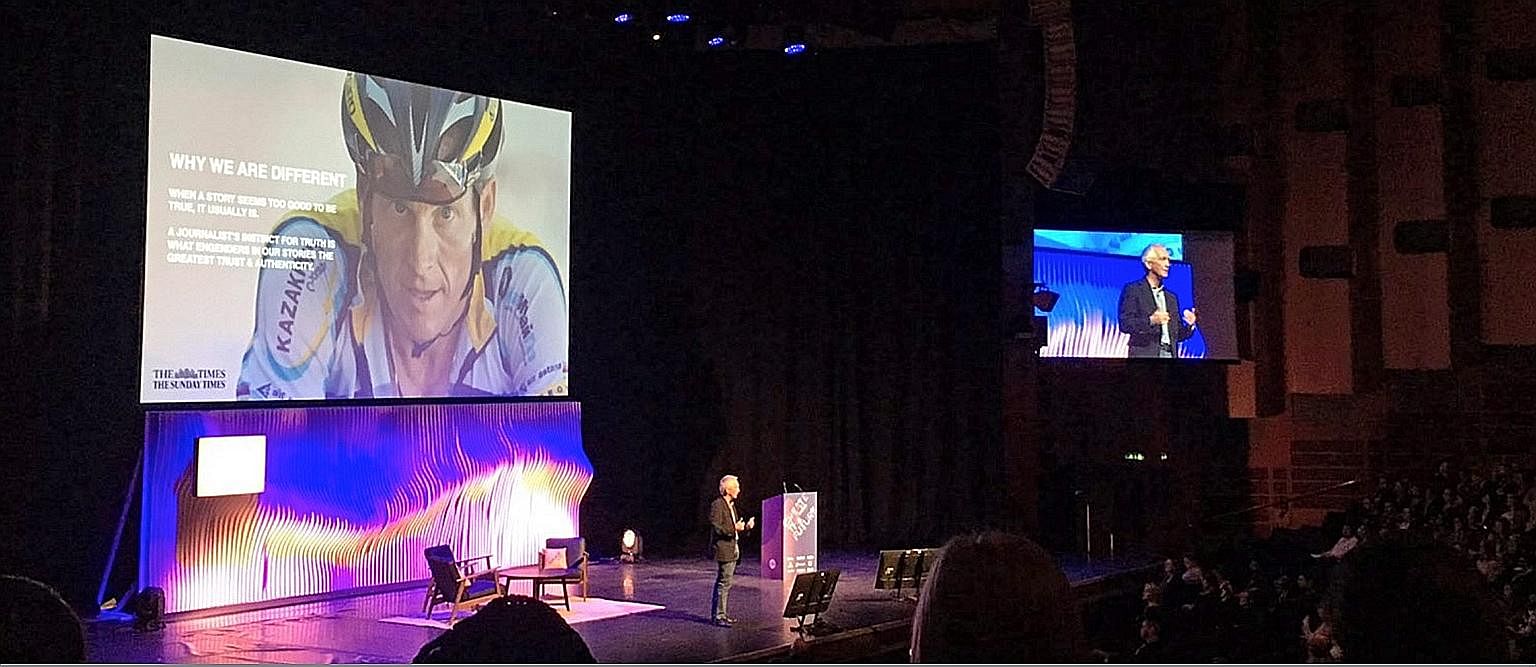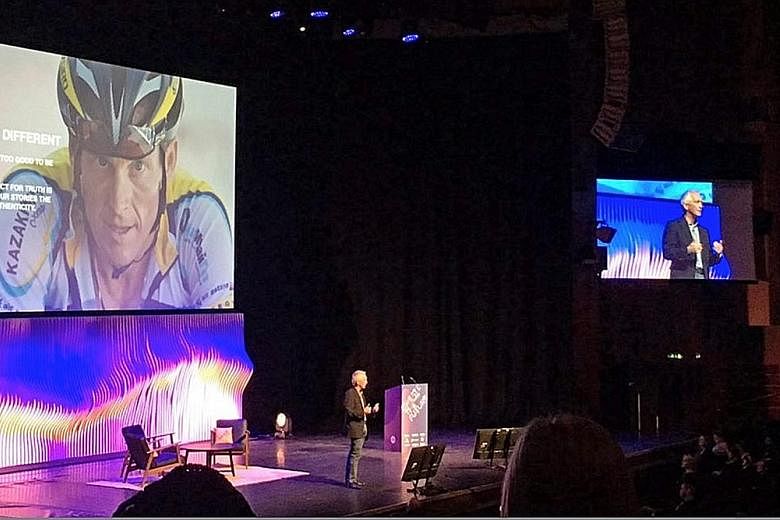Snapchat and Instagram stories, by virtue of how they work, are temporary.
Images and videos are available for a short time before they expire and vanish into the ether.
Despite their seemingly fleeting nature, you might still want to think twice before firing off a post.
One key reason comes from a Harvard Business School research paper which had examined the nature of temporary sharing and its impact on sharers.
One key finding is that users are likelier to make an uninhibited post (think: embarrassing selfies and silly acts) on a temporary platform, believing the lack of permanence means fewer repercussions.
But viewers are no less likely to judge the users based on the posts.

Lead researcher Leslie John said the findings reflect a disconnect between the assumptions of the poster and the follower.
The poster, lulled by the temporal nature of the platform, might think there would be less of a backlash while the observer's reaction is unaffected by the platform or post type.
Put simply, a snap or Instagram story of the user being a public menace overshadows a permanent post about the same user being a respectable member of society.
"If you look goofy in your photos, the recipient thinks you have bad judgment. They don't give you credit for having shared the image temporarily," Ms John said.
The study stemmed from her interest in how privacy is being viewed amid evolving social media technologies. She brought up examples of how social media users landed in trouble, and even lost their jobs, after silly posts meant to be viewed by some went viral.

There are other real-world implications.
A recent study found that 93 per cent of hiring managers admit that they check a job candidate's social media presence before hiring the person.
"We all have digital skeletons in our closet that can come back to bite us," Ms John said. "Temporary sharing isn't the panacea people think it is with respect to solving problems about disclosure online. Temporary sharing introduces its own new problems."
STUPID STUNT
Posing as a white supremacist Ku Klux Klan (KKK) member ranks as one of the stupidest things you can do on social media.
And yet some students in the United States, reportedly from Hickory High School in Virginia, believed it was a good idea.
The pictures show a set of teens in traditional KKK robes with their arms extended in a Nazi salute. The caption reads: "Happy Halloween."
While investigations are ongoing and the identities of the teens have yet to be released, the stunt has already caused a stir online.
Parents have come out in force to comment on the poor parenting that led to these photos.
One parent said: "I think in this day and age people don't think of the consequences of their actions or how that might impact others around them or how others might interpret their actions."
-
NOTABLE TRENDS
-
CHARLIE PUTH: American singer Puth's latest music video of his song "How Long", released on Oct 19, is a top trend on YouTube, racking up 38 million views.
-
THAI KING: The cremation of the much beloved monarch was a top draw on Google, with thousands of searches as users hunted down live footage of the event.
-
THOR RAGNAROK: The latest iteration of the Asgardian god has been a hit at the box office. It is a clear sign that Marvel has struck a winning formula.
Other students from Hickory High School have also weighed in.
Twitter user Jada Chaantel said: "Kids at my school think it's funny to dress up as the KKK... my hate for hickory is unreal."
When contacted, the school said it was aware of the incident and was taking appropriate action, but refused to reveal further details.
FACT-CHECKING
Last week, Ken Fawes, the editor-in-chief of The Cincinnati Sentinel, gave his take on the future of news at a conference in the United Kingdom.
He delivered three key points.
First, the future of news is not about human journalism, Fawes said. Second, news brands will survive only if they pin their entire business around efficiency and scale. Lastly, artificial intelligence (AI) can be programmed to do anything a person can do.
Fawes showed how one of his articles, titled "Fraudulent Clinton votes found in Ohio warehouse", had generated hundreds of thousands of page views.
He also showed a Wikipedia entry about himself and how his publication played a key role in the 2016 US presidential election.
But many seasoned media professionals attending the conference did not catch the lie.
Ken Fawes - an anagram of "fake news" - was actually an actor hired to play the role.
The man orchestrating the act was reporter David Walsh, the chief sports writer of British-based The Times.
Walsh, an investigative journalist who was instrumental in exposing famed US cyclist Lance Armstrong for doping, then elaborated on the importance of fact-checking and journalists not taking things at face value.
Speaking on the the experience, Mobile Marketing Magazine editor David Murphy said the presentation was a welcome reminder about the "power and value of real journalism, carried out by real people asking awkward questions".
"The stunt itself was an equally valid reminder that, in a world where we hear with every passing day about AI and augmented reality, separating fact from fiction is only going to get harder for all of us."




